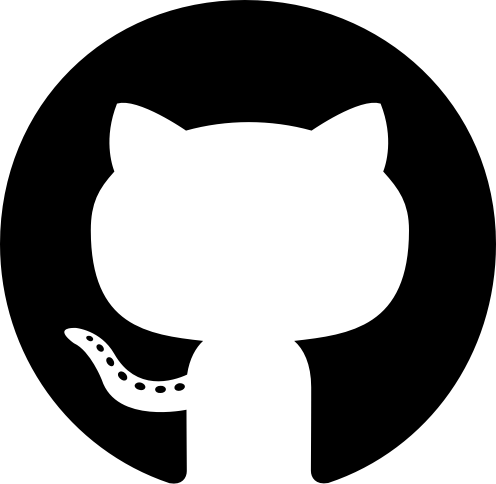My Proven Process, Produces Results
1. MEETING
Lets meet to go over your project so I can get a feel for what is involved.
2. PLANNING
I put a plan together on how to execute your project.
3. EXECUTE
Now that I have a plan, I execute this plan to the best of my ability.
4. TESTING
Once the project has been finished, I start the testing phase to make sure everything works the way it should.
5. DELIVERY
And this is your favorite part, I deliver the project to you once everything is in working order.









